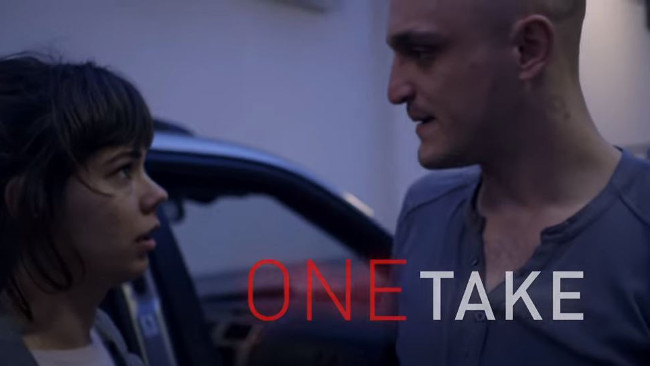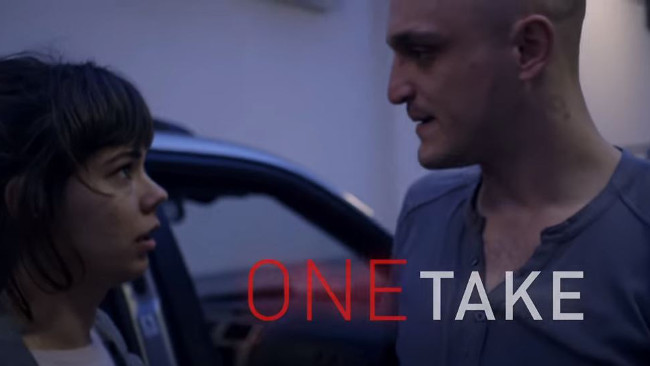
 Victoria, shot by DoP Sturla Brandth Grøvlen
Victoria, shot by DoP Sturla Brandth Grøvlen
In a companion piece on the use of reverse angle, here's quite the opposite: an article extolling single-shot films.
I wrote recently about the use of the classic Reverse Angle, referencing an excellent video from Every Frame A Painting on the use of this fundamental element of cinema in the work of the Coen Brothers.
Glorious cheaters
I now want to consider the opposite – a movie without a cut. We saw this in 2014 with the Oscar-winning Birdman, but the immaculately choreographed Birdman cheated, like Hitchcock did in with Rope in 1948.
Both films were composed from multiple shots but the transitions hidden – in Hitchcock's case, often with a character passing in front of the camera and momentarily blocking the lens, in Birdman, largely by digitally manipulating and matching shots in post.
The real deal
This month saw the release in the UK of a German film that is genuinely one shot – Victoria.
We follow a young Spanish woman, the Victoria of the title, in Berlin from 4.30am for two and quarter hours of real time. Shot on a Canon C300 by Sturla Brandth Grøvlen, it's an astonishing achievement.
The film starts at a leisurely pace as Victoria stumbles out of a techno nightclub and meets an amiable if roguish gang of Berlin lads. The scenes, largely improvised, have the fluidity and randomness of real life. What seems at first a love story soon turns into a heart-racing heist movie – if I say any more, it might spoil your experience of the film.
Grøvlen manages to hand-hold his camera for the entire take, deftly slipping from nightclub to bicycle and squeezing into the back seats of cars in between the actors through 22 different locations. I realise this film is not to everyone's taste, but the single-take approach is far from a gimmick; in fact, you soon forget the technique, as you are drawn into lives of the characters (the cast is superb). The pacing of the film is determined by the performances – this may alienate those accustomed to the fast cut, but you soon adjust to the tempo. Surprisingly, it feels cinematic rather than theatrical. Constantly moving, Grøvlen has an uncanny ability to get the camera in the right place at the right time. It is also strangely claustrophobic – the viewer is trapped not by space, but by time. Like the central character, you want to escape the situation she has found herself in, but everything happens at first too slowly and then too fast.
Interestingly, director Sebastian Schipper had prepared a version of the film with cuts, partly to appease the producers who were nervous about the single take approach. But he never needed the cut version; he did three takes of the whole movie and the third one worked.
Breathless comparisons
You can see Victoria as a 21st century version of Godard's Breathless – another story of a young foreign woman in a European city getting entangled with a petty criminal, which 55 years ago was celebrated for its bold jump cuts. Both films depend on technical innovation. Godard's movie used fast black-and-white film stock (actually Ilford HPS 35mm still film, spliced together from 50' rolls and pushed one stop), and a handheld Cameflex camera. Victoria could not have been made before the advent of compact digital cameras capable of recording for over two hours without a break.
Like many aspects of film production, a set of techniques arises out of necessity and then becomes a language. Sometimes, it is worth questioning our accepted approach to making films – I would have thought attempting to make a feature film in one shot would have been a really stupid thing to do until I saw this movie.
I am not suggesting for a moment that classic reverse-angle movie-making is obsolete. Victoria works not only because the real-time approach is the basic premise for the movie, but because it has a very engaging cast and a strong story structure. Is it a great film because or despite being shot in one take? See it and make your own mind up.
Tags: Production


Comments